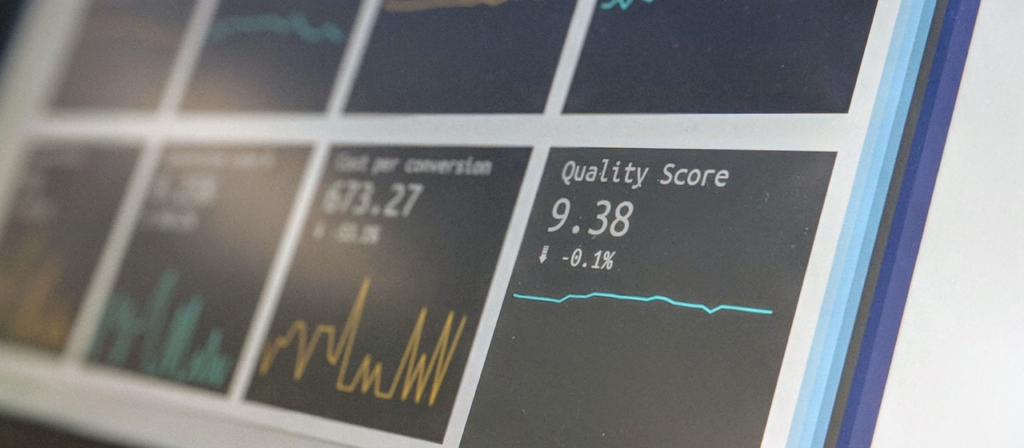Building in public is a term used to describe the process of publicly documenting the development or progress of a business. It’s become increasingly popular amongst founders, CEOs, and other stakeholders who are looking to gain more traction with their products. But what exactly is building in public? What are the pros and cons? And what tools do you need to do it? Let’s explore these questions in this guide.
What Is Building in Public?
Building in public means sharing your product journey with your customers, whether that be through creating content on social media or talking about it on podcasts. This could include creating product roadmaps, detailed processes for customer success journeys, announcing new product launches on Twitter, or writing blog posts about the challenges you faced while launching a service. Doing this allows customers to feel like they’re part of the business growth process and gives them an inside look at how everything works from an insider’s perspective.
Pros and Cons of Building in Public
The biggest pro of building in public is that it allows you to gain early adopters more quickly. By being transparent about every aspect of your business, you can attract customers who have a vested interest in seeing you succeed. You also open yourself up to feedback from customers who can give valuable insights into how best to improve your product or service. Moreover, by being open and honest about your struggles, you create an aura of authenticity that can help boost trust and loyalty among potential customers.
On the flip side, building in public has its drawbacks too—namely privacy concerns. If you’re not careful with what information you share publicly, then hackers may be able to access sensitive data like passwords or financial records which could lead to serious security breaches down the line. Additionally, if customers don’t feel comfortable with transparency then they may not want to use your product or service out of fear for their personal information becoming compromised. It’s important to understand these risks before diving into building out publicly so that you can protect yourself from any potential issues down the line.
Degrees of Building In Public
When it comes to building in public there are different levels at which one can go about doing this. For example some might opt for simply tweeting out updates regarding new product launches and progress made within their company while others might opt for creating detailed roadmaps outlining each step taken over the course of months or years as they develop their business further. Ultimately though it all boils down to understanding what level feels comfortable for both yourself and prospective customers before beginning any type of process related to building out publicly as this will ensure everyone feels secure when utilizing your product/service/business model etcetera going forward!
Conclusion:
Building in public is a great way for founders, CEOs, and other stakeholders looking for more traction with their products or services because it allows them to engage directly with their audience while providing insight into every aspect of their business journey thus far (including successes & struggles). While there are risks associated with being too transparent online — privacy concerns most notably — understanding those risks can help keep all parties involved safe & secure throughout the process! With popular PM tools such as Notion for docs/roadmaps & Whimsical for flowcharts/wireframes — as well as Linear & Vimcal for task tracking & calendar-based tasks respectively — anyone interested should take advantage today! That said however there are still degrees at which one must commit themselves when deciding on how much they’ll decide on sharing publicly so make sure whatever level feels comfortable is embraced before settling on anything concrete! Ultimately though by becoming more transparent & engaging with customers directly via social media platforms such as Twitter; founders/CEOs stand a much better chance at gaining traction early on than ever before! So why wait – get started now! Good luck!


